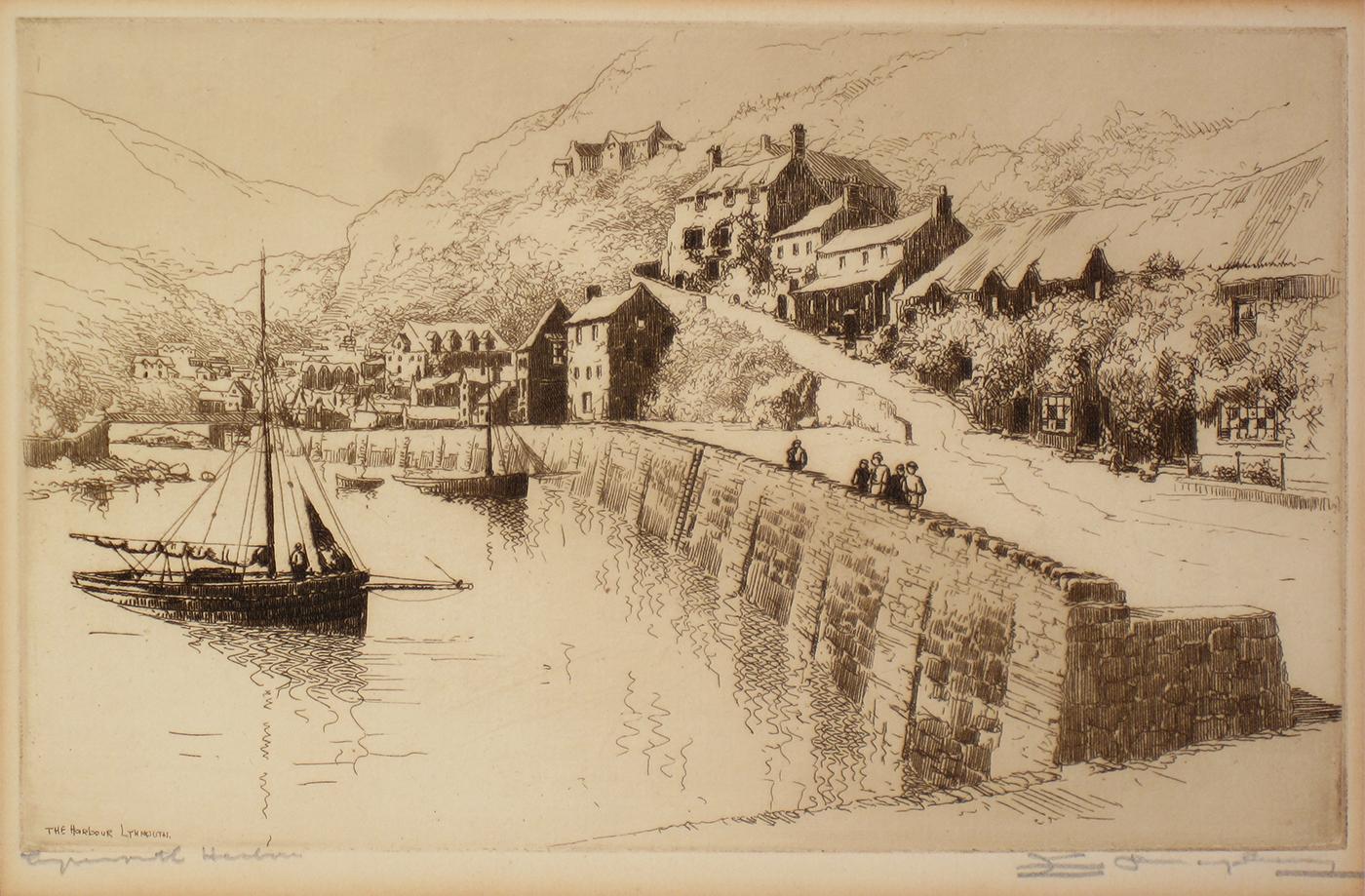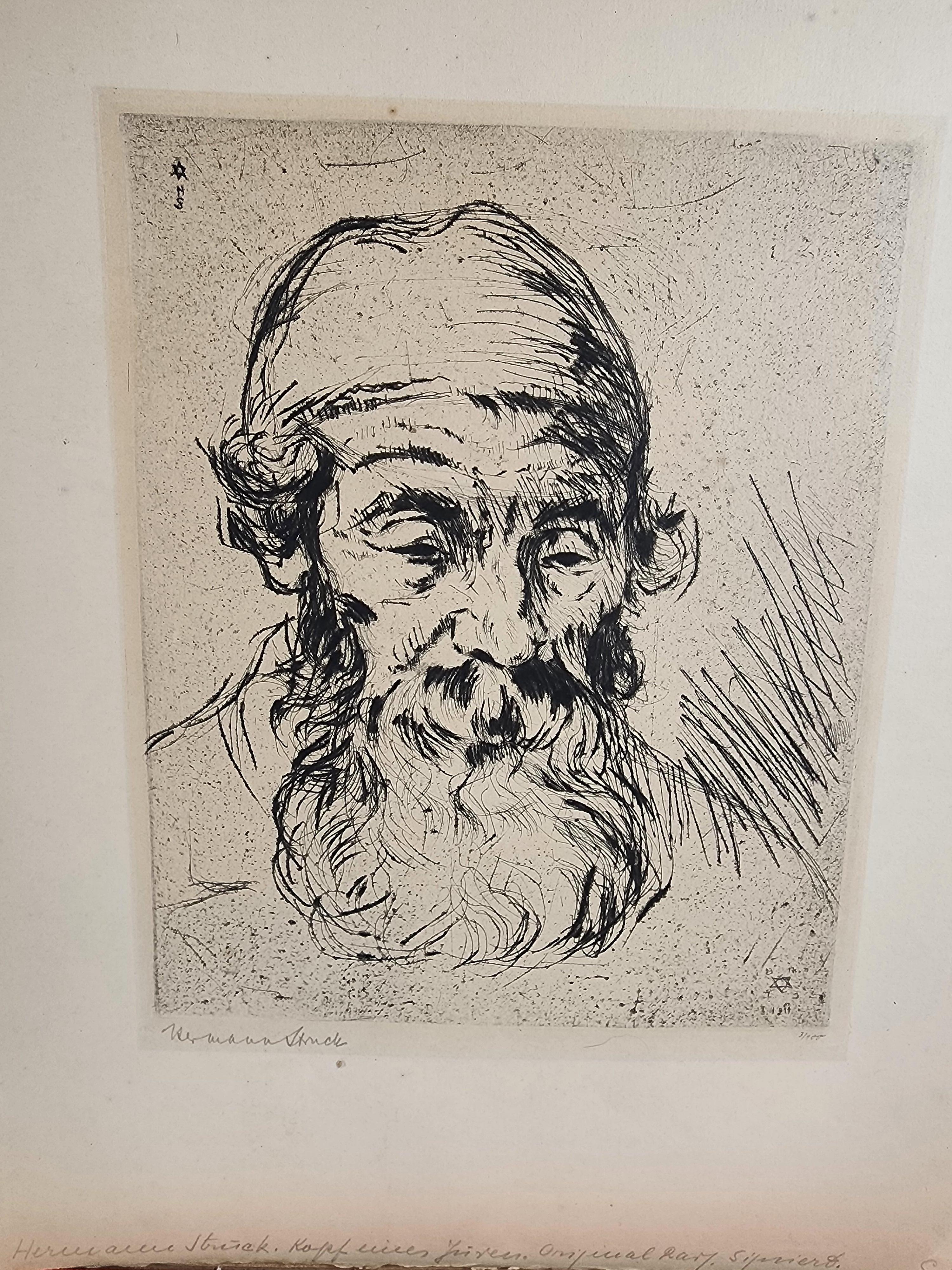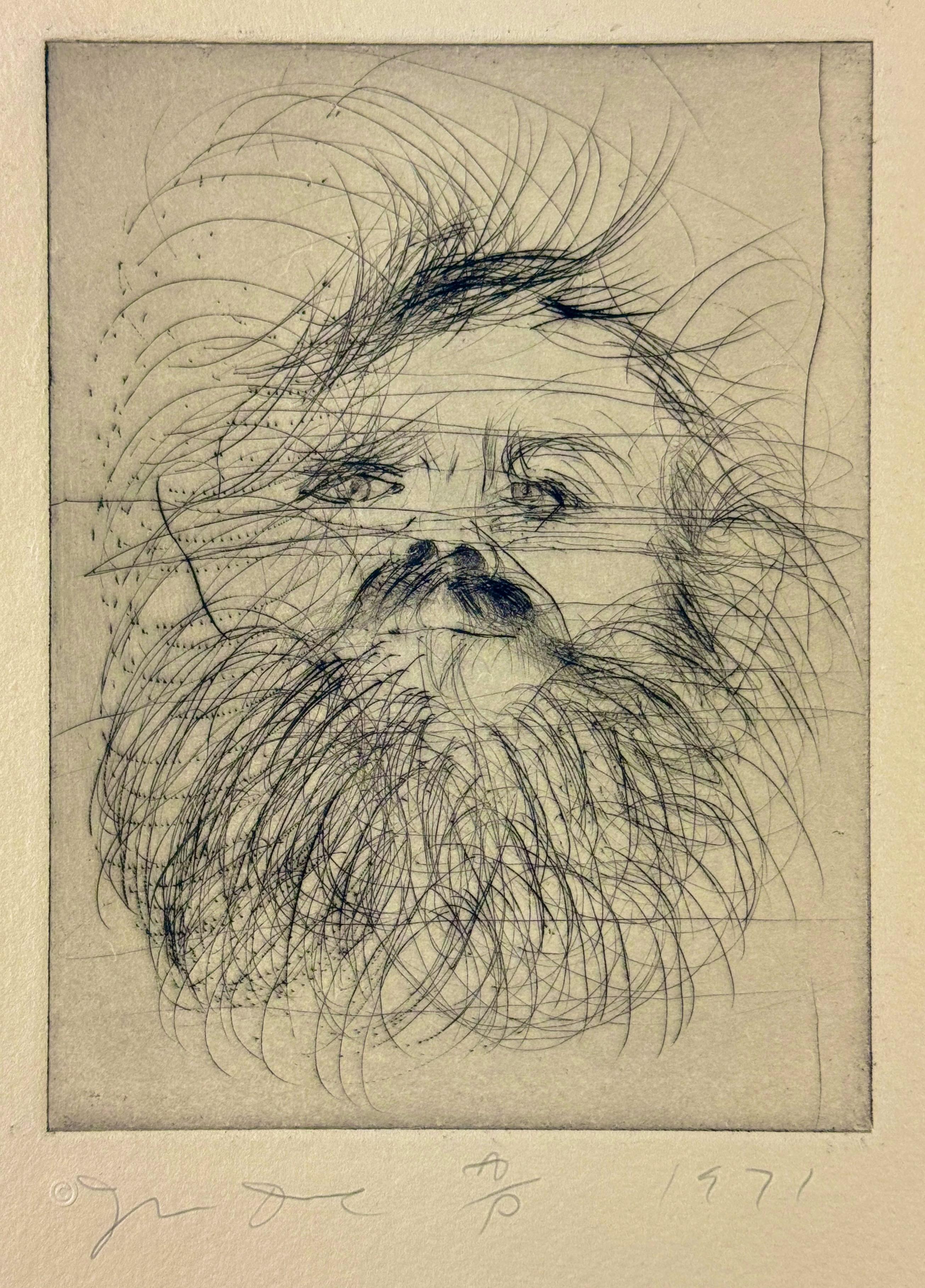Items Similar to Venice night contemporary view, black white print by Federica Galli, with moon
Want more images or videos?
Request additional images or videos from the seller
1 of 11
Federica GalliVenice night contemporary view, black white print by Federica Galli, with moon
About the Item
Nocturne landscape of Venezia, Cannaregio and Palazzo Labia, with the moon, rif. 543
The etching was exhibited last year in the critical retrospective that the city of Milan promoted and set up to mark the tenth anniversary of her death. Milan's municipality has named a new street to her for the occasion.
Gianni Testori (art critic) and Renzo Zorzi (leading cultural dept in Olivetti at the time) convinced Federica Galli to etch a portfolio on Venice's views between 1984 and 1986. In four years (two years of visits plus two years of work en plein air) she carved 39 plates introducing a new eye to Venezia.
NMWA (National Museum of Women in Arts) in Washington conserved the complete Venezia portfolio. Also, her oeuvres are in significant Italian museum collections such as the Pinacoteca Ambrosiana, (the same museum where Leonardo's Codex is conserved) and Museo of Castello Sforzesco, both in Milan; di Milano, Ala Ponzone in Cremona.
Federica Galli's Biography
A prominent figure in the art of engraving in Italy, Federica Galli was born in 1932 in Soresina – a village just outside Cremona.
Straight after the war, in 1946, she convinced her parents to enrol her at the Artistic Lyceum in Milan. In 1950, she attended the Academy of Fine Arts of Brera, from where she graduated four years later with a diploma in painting.
She began engraving in 1954 - "Il paese dell'Alberta"- experimenting with etching, a technique she never abandoned for the rest of her life. In 1966 she married the journalist Giovanni Raimondi – editor-in-chief of the Corriere della Sera. During that time she began to embark on a densely packed programme of cultural trips that took her to the most important European cities and to countries where the art of engraving is less deeply rooted. These were also the year in which she matured the conviction that engraving was the technique in which she expressed herself most effectively and started to apply herself exclusively to this art form, producing over eight hundred different subjects.
Starting from her early personal exhibitions – the first one took place in 1960 in Milan – she met with the favour of the public and critics alike. In the space of a few years, she could count on the support of some of the most authoritative critics of her time: Franco Russoli, Mario de Micheli, Giovanni Testori – who was to follow her closely until he died - Mina Gregori, Gian Alberto dell'Acqua, Roberto Tassi, Renzo Zorzi, Carlo Bo, Daniel Berger (Metropolitan Museum of New York), Gina Lagorio, Giuseppe and Francesco Frangi, Marco Fragonara, Giorgio Soavi and David Landau (Oxford University).
She obtained the most prestigious institutional acknowledgements given to any contemporary artist: she was the first living artist to be invited to exhibit at the Fondazione Cini in Venice - 1987 with a collection dedicated to the lagoon city - ; at the Civic Museum of Palazzo Te in Mantua - 1987 -; at the Castello Sforzesco in Milan - 1988 - ; in the Imperial Archive of the Forbid-den City, Wag Fung gallery, - 1995 -.
Collectors of her works include people of culture from Italy and elsewhere, individuals who are known for their cultivated passion for the graphic arts, comprising – just to mention some of the most famous: Dino Buzzati, Leonardo Sciascia, and Francois Mitterand.
An extensive and exhaustive testimony of her works may be viewed at the Ala Ponzone Civic Museum of Cremona, in the Bertarelli Collection of the Castello Sforzesco in Milan, at the Villa Reale of Monza close to Milan.
Between 1954 and 2008, Federica Galli engraved over eight hundred plates focusing on three principal themes: landscapes, trees and cityscapes. Her landscapes are mainly those of the Lombardy plain, with poetic descriptions of its characteristic farmsteads: adding up to about fifty artworks.
The urban views are those of Milan and Venice, cities that held a special meaning in the life of Federica Galli, who expressed her gratitude in the form of a vision that is perceptive and honest but never ordinary.
Her passion for nature, combined with a capacity to bring forth its most fascinating aspects, are revealed in over one hundred plates. Her notorious technical skills enabled her to surmount obstacles that are formidable for engravers, such as the representation of snow and nocturnal scenes, without ever succumbing to affected mannerisms.
The artist has dedicated a collection of works to Italian most important Monumental Trees, with over sixty plants selected for their historical, naturalistic or aesthetic interest. A stunning collection.
Federica Galli, who passed away on 6 February 2009, has entrusted her artistic legacy to a Foundation bearing her name, set up on 17 July 2009 in Milan. She designated leading and goals. The foundation pursues the objective of safeguarding her heritage, artworks, and archives. The Board is chaired by Lorenza Salamon, who operates alongside Flavio Arensi (critic and art director of Palazzo Leone da Perego in Legnano), Ivana Iotta (cura-tor of the Civic Museum of Cremona), Franco Grechi and Alberto Galli.
- Creator:Federica Galli (1932 - 2009, Italian)
- Dimensions:Height: 15.47 in (39.3 cm)Width: 31.42 in (79.81 cm)
- Medium:
- Movement & Style:
- Period:
- Condition:
- Gallery Location:Milan, IT
- Reference Number:1stDibs: LU43139051892
About the Seller
5.0
Recognized Seller
These prestigious sellers are industry leaders and represent the highest echelon for item quality and design.
Established in 1950
1stDibs seller since 2016
23 sales on 1stDibs
Typical response time: 5 hours
- ShippingRetrieving quote...Ships From: Milan, Italy
- Return PolicyA return for this item may be initiated within 2 days of delivery.
More From This SellerView All
- Venice, Calle della Madonna, 1983. Black white etching print by Federica GalliBy Federica GalliLocated in Milan, ITVenezia, Calle della Madonna, 1983, rif. 516 Platemark mm mm 692 x 195 Original etching, signed and numbered limited edition of 90. The etching was exhibited last year in the crit...Category
20th Century Realist Prints and Multiples
MaterialsEtching
- Italian landscape of typical lombard architecture by master italian etcherBy Federica GalliLocated in Milan, ITCascina (Farmhouse) Santo Stefano, rif. 490 Original etching, signed and numbered. Limited edition of 90. Federica Galli was one of Italy's leading contemporary etchers. She achi...Category
1980s Realist Landscape Prints
MaterialsEtching
- Typical venice architecture landscape by master italian etcherBy Federica GalliLocated in Milan, ITref. 516 A prominent figure of the art of engraving in Italy, Federica Galli was born in 1932 in Soresina – a village just outside Cremona. Straight after the war, in 1946, she conv...Category
1980s Realist Landscape Prints
MaterialsEtching
- Contemporary water landscape of Venice, Rimedio bridge, print by Federica GalliBy Federica GalliLocated in Milan, ITPonte del Rimedio, Venezia, 1986 platemark mm 79.3 x 34.4 Original etching, signed and numbered. Limited edition of 90. The etching was exhibited last year in the critical retrospe...Category
1980s Realist Landscape Prints
MaterialsEtching
- Rialto bridge in Venice, contemporary romantic print, etched by Federica GalliBy Federica GalliLocated in Milan, ITVenezia, Ponte di Rialto, 1987 Platemark mm 489 x 488 Original etching, signed and numbered. Limited edition of 90. The etching was exhibited last year in the critical retrospectiv...Category
1980s Realist Landscape Prints
MaterialsEtching
- Black and white landscape etching dominated by mighty tower, by italian engraverBy Federica GalliLocated in Milan, ITIl torrione Ref. 397 Original etching, signed and numbered. Limited edition of 90. Federica Galli was one of Italy's leading contemporary etchers. She achieved this fame because she was able to interpret views, as Milan and Venice, landscapes and architecture with a poetic and original eye. Moreover she had the foresight to portray the beauty of the great Italian trees...Category
1890s Realist Landscape Prints
MaterialsEtching
You May Also Like
- Le Portique de la Galerie Nationale a Londres by J.J. TissotBy James Jacques Joseph TissotLocated in Hinsdale, ILJ.J. Tissot Le Portique de la Galerie Nationale a Londres (The Portico of the National Gallery, London) Wentworth 40 Etching and Drypoint on imitation Japanese paper, C. 1878 Only st...Category
1890s Realist Prints and Multiples
MaterialsDrypoint, Etching
- The Harbour Lynmouth. Antique Print 1920sLocated in Sydney, NSWEdgar James Maybery The Harbour Lynmouth Antique Print 1920s Matt size 28cm x 33cm Image Size 14cm x 21 cmCategory
Early 20th Century Realist Landscape Prints
MaterialsEtching
- Balaclava - The target in sight -Located in Berlin, DEHeinrich Haberl (1869 Passau to 1934 Munich), Sturmhaube, c. 1900. drypoint, 14 x 10 cm (platemark), 28 x 21 cm (sheet size), 39 x 29 cm (passe-partout), titled "Sturmhaube" in lead at lower left and inscribed "Kaltnadelradierung", signed and locally inscribed "Heinrich Haberl Mchn. [Munich]" at lower right, inscribed again in lead on verso and with old collection stamp. - slightly darkened, fixed and mounted - The target in sight - About the artwork The theatrical "role-portrait" is to be seen against the background of the Rembrandt cult, which reached its climax at the end of the 19th century. The soldier seems to have stepped straight out of Rembrandt's Night Watch (1642) to fix something outside the picture with an alert and ready gaze. The steeply rising brim of the morion frames the gaze and thus perspectivises it as the actual 'pictorial action'. The gaze represents both the vigilant defence and the visionary goal of the battle. Not only the subject, but also the style of the etching needle reflect Rembrandt's understanding of the times. Strong contrasts of light and dark are created in a virtuoso free stroke, without losing the effect of the reflections on the helmet and in the eyes. This shows a kinship with the early prints of Lovis Corinth, who also saw himself as an artist in the role of the knight. Against this background, Haberl's picture can also be seen as a representation of his artistic self-image. About the artist Heinrich Haberl first attended the art school in Nuremberg and from 1892 studied at the Munich Academy. There he was a master student of Johann Leonhard von Raab, Rudolf von Seitz, Franz von Defregger...Category
Early 19th Century Realist Figurative Prints
MaterialsEtching
- A JewBy Hermann StruckLocated in Raleigh, NCEtching by Hermann Struck in good condition with slight light stainingCategory
1930s Realist Prints and Multiples
MaterialsEtching
- The Thames, 1894 - Victorian aquatint etching of London by Joseph PennellBy Joseph PennellLocated in London, GBJOSEPH PENNELL (1857-1926) The Thames, 1894 Signed Aquatint Plate size 20.5 by 26.5 cm., 8 by 10 ½ in. (frame size 42 by 46 cm., 16 ½ by 18 in.) Pennell was born in Philadelphia where he studied at School of Industrial Art and the Academy of Fine Arts. In 1884 he was commissioned by the Century Magazine to supply a series of drawings of London...Category
1890s Realist Landscape Prints
MaterialsAquatint
- Self Portrait by Jim Dine (plate four from Self Portraits portfolio 1971)By Jim DineLocated in New York, NYJim Dine, Self Portrait drypoint on Hodgkinson Hand Made Tone-Weave paper Paper 18 x 14 in. / 46 x 36 cm Plate 8 x 6 in. / 20 x 15 cm plate one from Self Portraits (1971) portfolio ...Category
1970s Realist Portrait Prints
MaterialsEtching, Drypoint
Recently Viewed
View AllMore Ways To Browse
With Moon
Chairs With A Print
Carved Moon
Black And White Etch
Printed Chairs Set
Venice Engraving
Engravings Of Venice
Dior Moon
Italian Chair Black Mario
Black Trees Plate
Set Eight White Chairs
Venice Lagoon
Moon Chair
Etching Set Of Four
Etchings Black Women
Black And White Oxfords
Venice Night Painting
The Chair Moon




